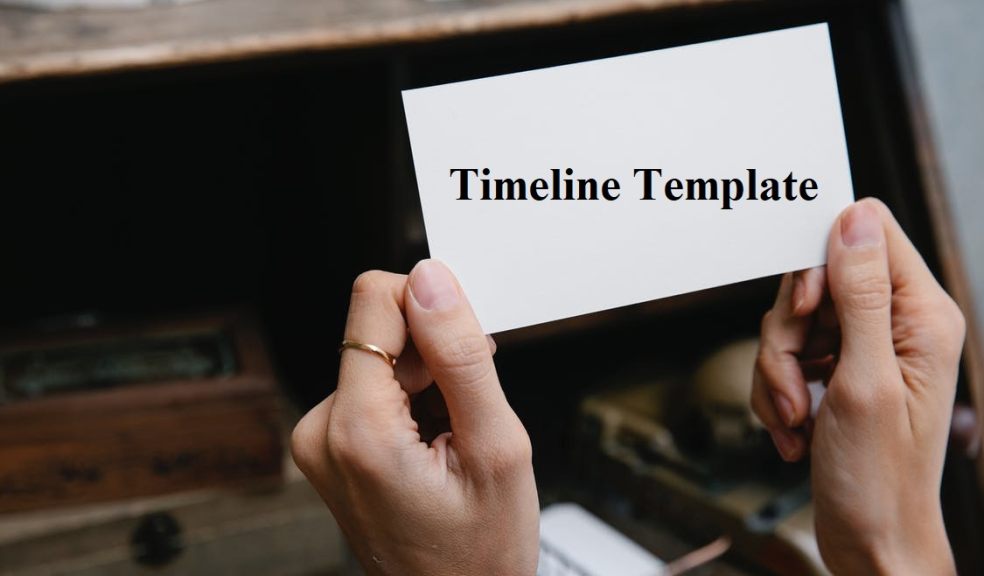
Use a Timeline to Map the Most Important Events in Your Life
One of the most prominent changes that occur as humans age is the gradual but steady loss of memory. This happens for a variety of reasons, including the simple fact that older brains have had more time to accumulate damage. Furthermore, as people age, they tend to become more forgetful due to the natural process of brain cell death. While this phenomenon can be frustrating and even occasionally dangerous, it is also a natural part of life.
When you're looking back on your life, it's easy to see the defining moments that have made you who you are today. But putting those moments into a timeline template can be really helpful in understanding how your life has unfolded so far. Here are 14 tips on how you can create your life timeline.
1. Start with the big events.
Some of the most important events in your life will be the ones that have had the biggest impact on who you are today. These could be things like graduating from college, getting married, or having children. Write these down first and then you can fill in the details later.
2. Don't forget the small stuff.
It's not just the big events that matter, though. Your life is made up of a lot of smaller moments too, and they can be just as important in shaping your identity. Make sure to include things like your first kiss, your first job, or that time you went on an amazing trip.
3. Put it all in context.
As you're adding events to your timeline, try to provide some context for each one. When did it happen? Why was it important? What were the circumstances surrounding it? The more information you can add, the better.
4. Use photos and mementos in your timeline template.
If you have any photographs or other mementos from important events in your life, consider adding them to your timeline. Seeing the physical evidence of your life's history can be really powerful and moving.
5. Write about how you felt.
In addition to the facts of what happened, make sure to include your emotions as well. How did you feel at the time? What were you thinking? These are often the most important details of all.
6. Be as specific as possible.
When it comes to dates and other specifics, try to be as accurate as you can. This may require a bit of digging, but it's worth it to get the details right.
7. Don't worry about getting it perfect.
At the same time, don't stress out if you can't remember everything perfectly. Your timeline doesn't have to be 100% accurate; it's more important that it's meaningful to you.
8. Ask for help from others.
If you're having trouble remembering certain events or details, try asking your family and friends for help. They may be able to fill in some of the gaps in your memory.
9. Use a timeline template.
There are lots of different timeline templates out there, and using one can make the process a lot easier. This can be especially helpful if you're not used to writing essays. You can check out Venngage for choices of timeline templates you can use and easily customize.
10. Start with the present and work backward.
Another approach to creating your life timeline is to start with the present and work backward. This can be a great way to get a better understanding of how your life has unfolded so far. It can also be helpful in identifying patterns and themes that have emerged over time.
11. Use different colors or graphics to represent different periods in your life.
If you want, you can use different colors or graphics to represent different periods in your life. This can be a fun way to add some visual interest to your timeline.
12. Add multimedia content.
If you have any videos or audio recordings from important events in your life, you can add them to your timeline as well. This can give your readers a more complete picture of what happened.
13. Share it with others.
Sharing your life timeline with others can be a powerful way to connect with them and build relationships. It can also be a great way to get feedback and insights from others about your life and your experiences. If you decide to share your timeline, make sure to include a link to it in your bio or social media profile.
14. Revisit it often.
As you continue to live your life, new events will happen and your timeline will change. That's okay! The important thing is that you revisit it often so that you can track the progress of your life story.
Final thoughts
Creating a life timeline can be a powerful way to reflect on your life and to see how you've changed over time. It can also be a valuable tool for sharing your story with others. Don't hesitate to add as much detail as possible, and don't worry if it's not perfect. The most important thing is that it's meaningful to you. For more templates to get you started, visit Venngage.com.

















